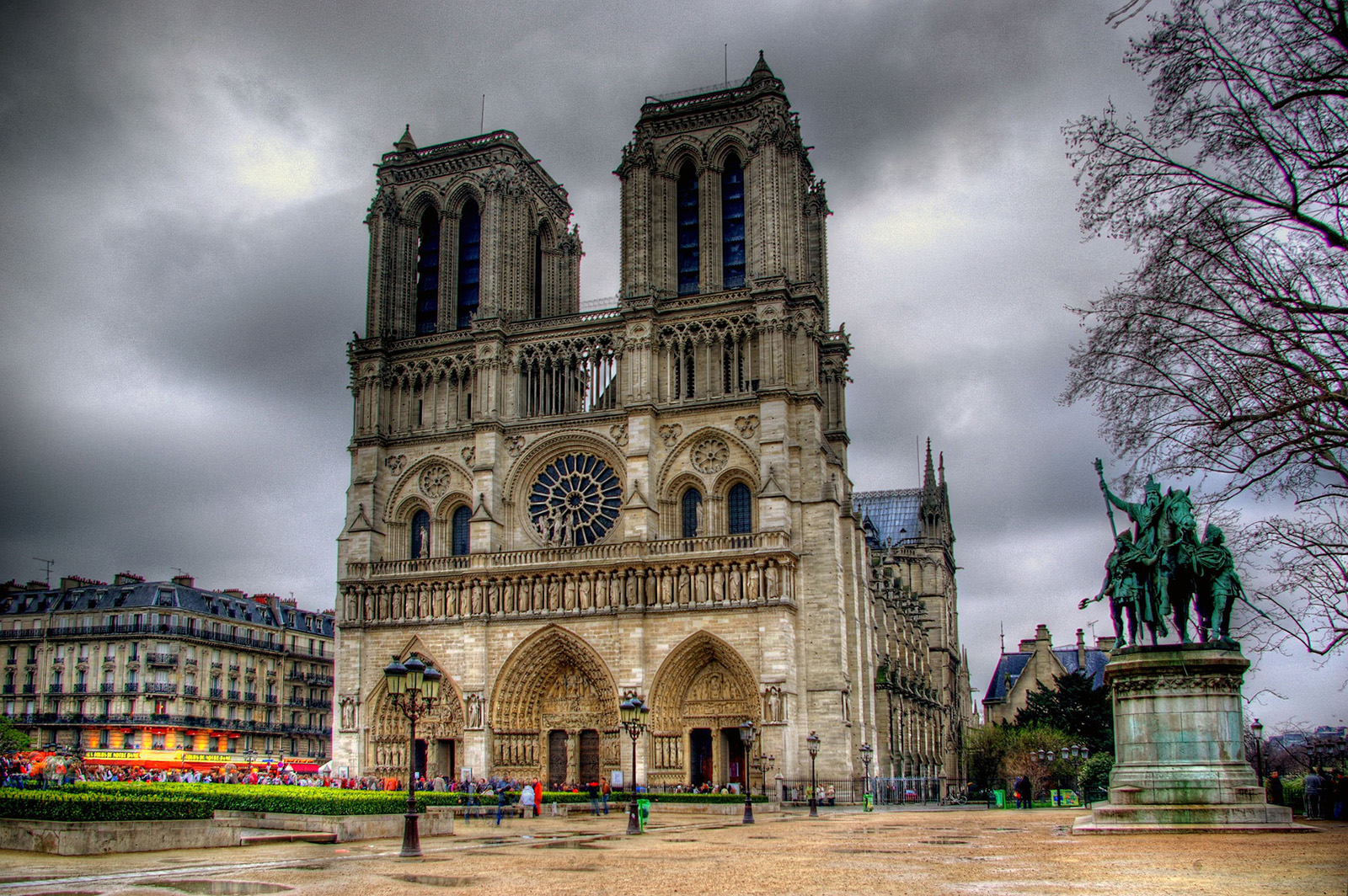Many sites can be enjoyed against the backdrop of France’s chic cityscapes and rustic rural countryside. From stunning roman ruins and medieval fortresses to World War battlefields and beyond, France’s historic sites derive from a past filled with everything from bloody conquests to ostentatious royalty and ecclesiastical grandeur. Here’s our pick of 7 sites that you can’t miss.
Somme battlefields
The Somme battlefields constitute a series of sites where the Battle of the Somme was fought during ‘The War to End All Wars’ – the First World War. They are among the most famous battlefields in France. Today, a forty mile route known as the Circuit of Remembrance starts from either the town of Albert or that of Peronne, winding through numerous battle sites, memorials, and museums. Those who wish to embark on this route of Somme battlefields can download audio guides to the route for free from various sources, including from the website of the Historial de la Grande Guerre museum.

Palace of Versailles
The Palace of Versailles was originally the hunting lodge of France’s King Louis XIII, but was transformed into a magnificent residence by his son and successor, Louis XIV. The ostentatious monarch built the Grand Apartment of the King and Queen which included the magnificent Hall of Mirrors before moving both his court and the government of France to Versailles in 1682. It remained so until the famously turbulent French Revolution in 1789.
In the 19th Century, King Louis-Philippe turned Versailles into the Museum of the History of France. There are numerous places to visit at Versailles and a range of tour options. Audio headsets are available as are guided tours.

Pont du Gard
Pont du Gard is an iconic Ancient Roman bridge and aqueduct built in first century AD located near Nimes in France. It was the tallest bridge ever built by the Romans, rising 160 feet. Nimes had been a major city of Gaul before 45BC, when it was incorporated in the Roman Empire. As the city’s population grew, exceeding 20,000, the need for water surpassed the available supplies of the Nemausus spring. Thus, from 40AD, over 1,000 workers were engaged in building Pont du Gard in order to transfer water from the Gard River (the Eure) to the city. Upon its completion, it would stay in use until the sixth century, when it was finally abandoned.

Carcassonne
Carcassonne, known as “La Cite”, is a fortified town in southern France whose important strategic position between the Mediterranean and the Atlantic led to it being inhabited since before the Ancient Roman era. In the first century BC, Carcassonne and the area in which it was located were incorporated into the Roman Empire and, in the third and fourth centuries, the town began taking shape with the construction of a mighty wall. This, now largely ruined, wall is still visible in Carcassonne today.

Sainte Chapelle
Sainte Chapelle, or the “Holy Chapel”, is a gothic church built by Saint Louis in Ile de la Cité in the centre of Paris. The construction of Sainte Chapelle began in 1246 under the orders of King Louis IX, and was carried out with the specific purpose of housing the relics of the Passion of Christ, including the Crown of Thorns and a fragment of the true cross. Even by the time Sainte Chapelle was consecrated in 1248 at a cost of 40,000 livres, the cost paled in comparison to the 135,000 livres which the relics cost when bought from the Byzantine emperor Baldwin II.

Notre Dame Cathedral of Paris
Notre Dame is a gothic cathedral in Paris’s fourth arrondissement and a world famous tourist attraction. Though it recently endured a devastating fire, much is still available to see. While still an operating church, visitors are welcome to tour the building and appreciate both its beauty and sheer size. Some of the highlights include its stained glass windows, gothic architecture, and many sculptures.

Les Invalides
Les Invalides was originally built by the order of Louis XIV as a hospital and home for ailing soldiers. Les Invalides was completed in 1676. Following its initial construction, several further additions were made to Les Invalids, including a chapel in 1679 and the striking Dome Church or ‘Église du Dôme’, which incorporates the royal chapel built by Louis XIV and completed in 1706.

